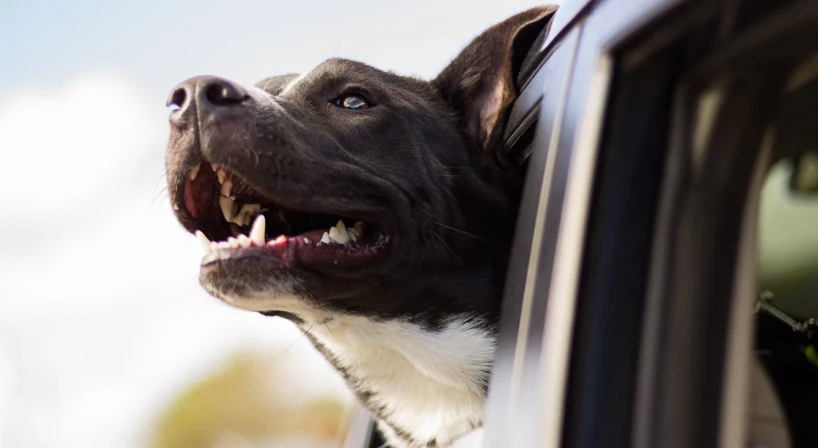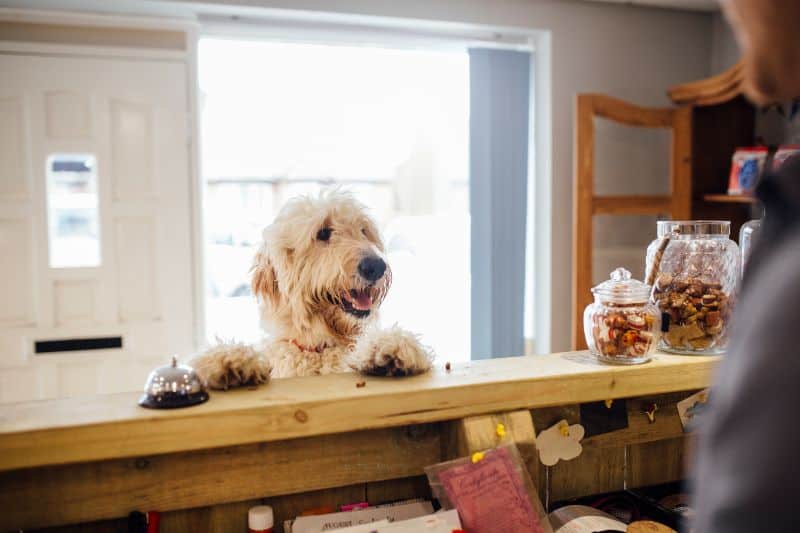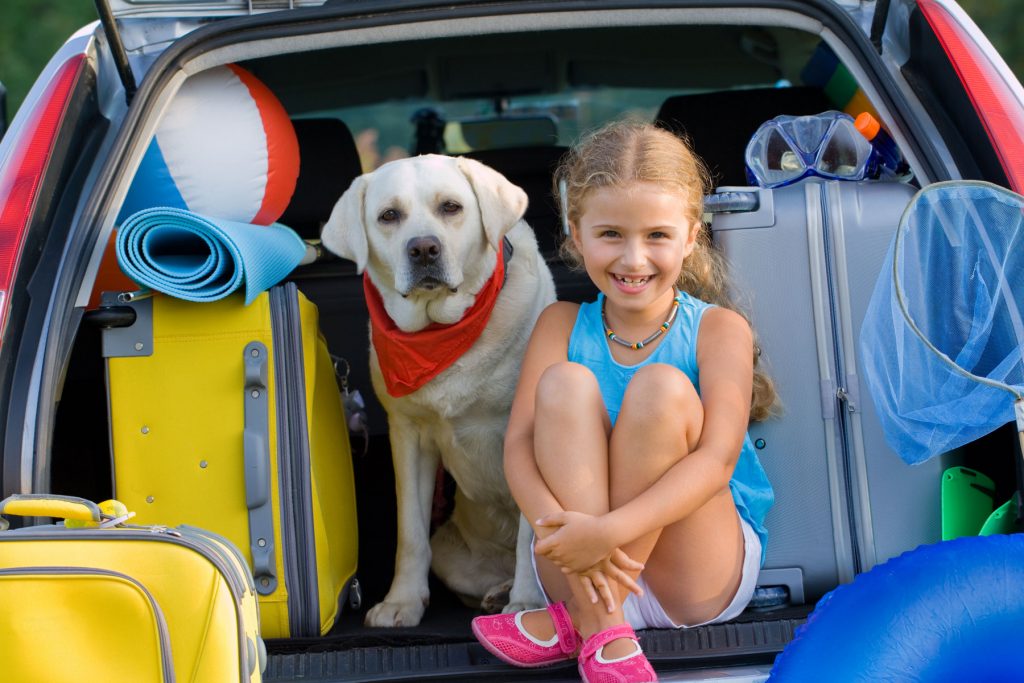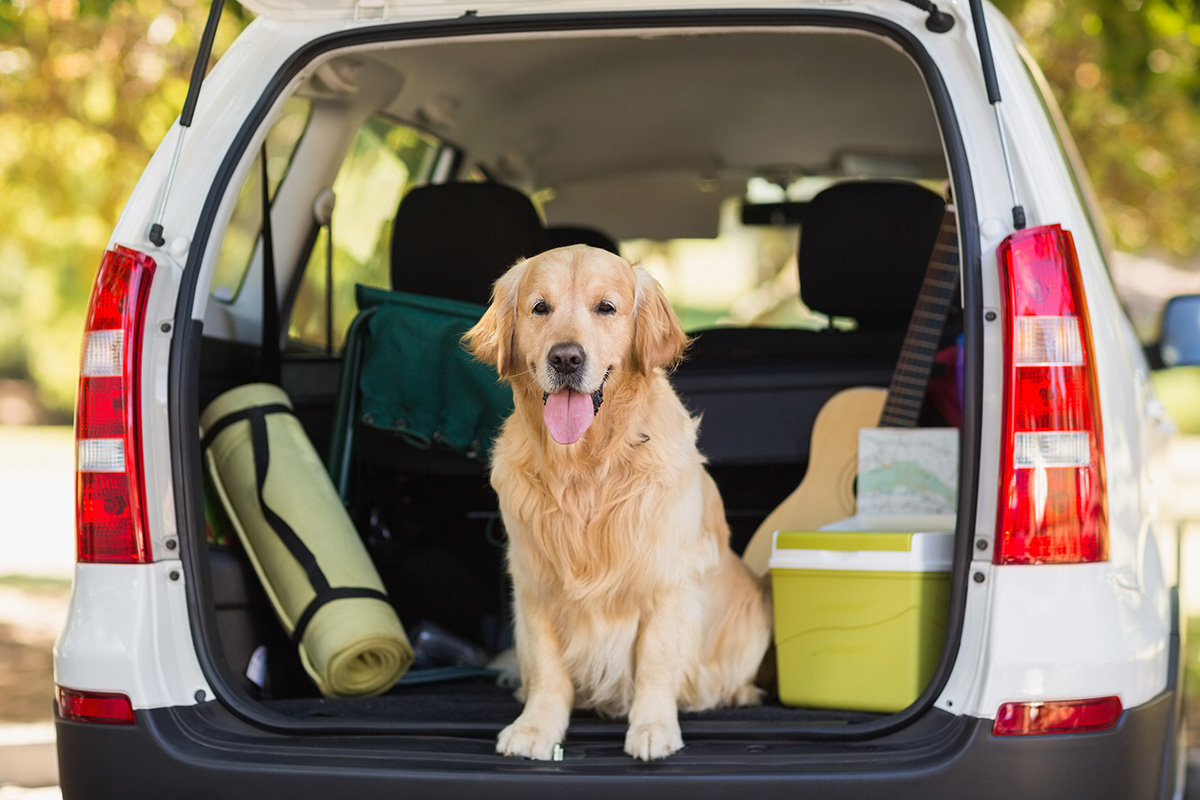Traveling with pets can be an incredibly rewarding experience, allowing you to create lasting memories with your furry companions. However, it’s not always as simple as packing up your bags and hitting the road. Whether you’re heading out for a weekend getaway or a longer vacation, there are several important things to watch out for to ensure a safe, comfortable, and stress-free trip for both you and your pet. Here are four key considerations to keep in mind when traveling with your pet.

1. Health and Safety Precautions
One of the most important things to consider when traveling with a pet is their health and safety. Before embarking on any trip, I always make sure my pet is up to date on vaccinations and flea/tick preventatives, especially if we’ll be traveling to a new area with different climates or wildlife. It’s also a good idea to carry a copy of your pet’s medical records, as some hotels or rental properties may request proof of vaccinations.
Another thing to watch out for is your pet’s comfort and stress levels during travel. If you’re traveling by car, ensure that your pet is safely secured in a crate, harness, or seatbelt to prevent distractions while driving. This not only helps keep your pet safe but also minimizes the risk of injury in case of sudden stops. If you’re flying, check airline policies regarding pet travel, as some pets may need to travel in the cargo hold while others can remain in the cabin. Be sure to familiarize yourself with these rules in advance to avoid any surprises.

2. Finding Pet-Friendly Accommodations
One of the biggest challenges when traveling with a pet is finding the right accommodations. Not all hotels, vacation rentals, or resorts are pet-friendly, and even those that claim to be may have restrictions or hidden fees that can take you by surprise. I’ve learned this lesson the hard way during a trip where I booked a hotel thinking they were pet-friendly, only to arrive and find out they had a strict weight limit that my dog exceeded. To avoid this, I always do thorough research and contact the accommodation directly to confirm their pet policies.
When booking pet-friendly accommodations, I also consider amenities that cater specifically to pets. Some hotels offer pet beds, bowls, or even special pet menus, while others have designated dog parks or walking trails. Knowing these details can help you plan a more enjoyable trip. It’s also worth asking if there are any additional fees for bringing a pet or if there are restrictions on where your pet is allowed on the property. Having this information ahead of time will save you from last-minute stress.

3. Managing Your Pet’s Comfort During Travel
Whether you’re traveling by car, plane, or train, your pet’s comfort should be a top priority. Traveling can be stressful for pets, especially if they’re not used to long trips or unfamiliar environments. I always make sure to pack my pet’s essentials, such as their food, water, favorite toys, and a blanket that smells like home. Familiar items can help reduce anxiety and keep your pet feeling secure.
During car trips, I make frequent stops to allow my pet to stretch their legs, use the bathroom, and hydrate. Dogs, in particular, can get restless or overheated during long drives, so it’s important to maintain their comfort. For longer trips, I also make sure to pack a first aid kit with basic supplies in case of emergencies. If I’m flying, I always check the size and safety requirements for pet carriers and make sure my pet has enough space to feel comfortable throughout the flight.
Managing your pet’s anxiety is also key to a smooth journey. Many pets experience travel-related stress, especially in unfamiliar places. I’ve found that giving my dog a calming treat or supplement before the trip helps keep them relaxed. If your pet is prone to anxiety, consider speaking to your vet about options for calming aids or behavioral strategies that can make the journey easier.

4. Adjusting to New Environments
Once you’ve arrived at your destination, it’s important to remember that your pet will need time to adjust to their new surroundings. A sudden change in environment, routine, or schedule can cause stress for your pet. To help them feel more at ease, I always allow my dog to explore their new environment at their own pace. I start with short walks around the area to help them get familiar with the sights, sounds, and smells of the place. I also make sure to maintain some consistency in their routine, such as feeding and walking them at the same times each day, so they feel a sense of stability.
If you’re staying in a new place with your pet, be mindful of the local wildlife, weather conditions, and any potential hazards. For example, some areas may have snakes, ticks, or other wildlife that could pose a risk to your pet. It’s important to keep your pet on a leash, especially in unfamiliar outdoor areas, to prevent them from getting into situations that could be dangerous.
Additionally, if you’re traveling to a new climate, be aware of how extreme temperatures could affect your pet. Hot weather can lead to heatstroke, while cold temperatures may cause discomfort or even frostbite in extreme cases. Always ensure your pet is dressed appropriately for the weather and has access to plenty of water and shade if needed.

